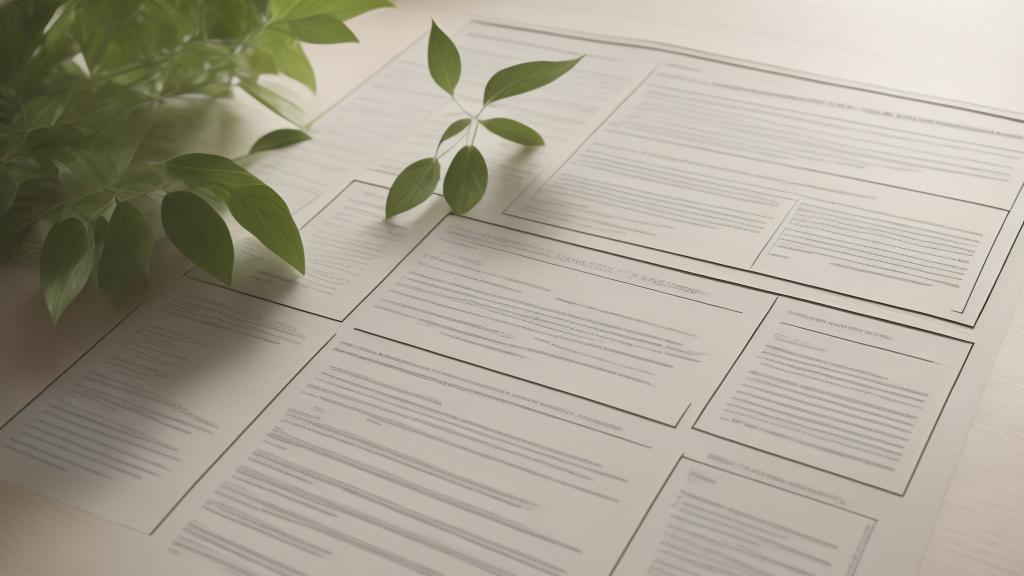In a time when environmental consciousness is no longer just a catchphrase but a way of life, the concept of eco-friendly home renovations has steadily gained momentum. We're all seeking ways to minimize our carbon footprint, and fortunately, transforming your living space into an eco-haven doesn't require a complete overhaul. Small, thoughtful changes can yield substantial benefits for the environment while enhancing your living space's aesthetics and functionality.
Let's explore some practical and innovative ideas that can help you achieve a more sustainable home.
One of the simplest and most impactful changes you can make is to switch to energy-efficient lighting. Traditional incandescent bulbs are notorious energy hogs, consuming a considerable amount of electricity compared to their LED counterparts. LED bulbs not only use less electricity, thereby reducing your energy bills, but they also last significantly longer, minimizing the frequency of replacements.
Incorporating smart home technology is another modern twist to living sustainably. Smart thermostats can learn your schedule and adjust the temperature based on when you're home, reducing unnecessary heating or cooling. Likewise, smart lighting systems allow you to control lights remotely, ensuring they are turned off when not needed—an effortless way to reduce wastage.
Moving beyond technology, consider the materials you utilize in your home. Opt for bamboo flooring rather than traditional hardwood. Bamboo is an incredibly sustainable material due to its rapid growth and easy replenishment. It also adds a warm, timeless elegance to your living spaces. Similarly, recycled glass countertops not only prevent waste from filling up landfills but also provide a unique, glossy finish that can become a striking focal point in kitchens and bathrooms.
Water conservation is crucial, and there are simple steps you can take to limit water usage without sacrificing comfort. Low-flow toilets, faucets, and showerheads can dramatically cut down on water consumption. Additionally, implementing a rainwater harvesting system can be an excellent way to utilize natural resources effectively—using captured rainwater for your garden or even non-potable indoor uses.
Insulation is a key factor in maintaining energy efficiency within the home. Depending on your region, choosing the right insulation can reduce energy costs by keeping heat in during the winter and out during the summer. Explore materials like cellulose or wool insulation, which are not only effective but also environmentally friendly.
Bringing greenery into your home is not only aesthetically pleasing but can improve your indoor air quality. Plants like the snake plant or spider plant are known for their air-purifying qualities. For more ambitious homeowners, creating a green wall or vertical garden adds a striking visual element while harnessing the benefits of greenery indoors.
Lastly, whether you're buying new furniture or updating current pieces, consider sourcing sustainably. Furniture made from reclaimed wood or upcycled materials minimizes the demand for new resources. Vintage elements can add character and a conversation piece to any room, proving sustainability can also be synonymous with style.
Embracing eco-friendly design is about substituting consumption with consciousness. This doesn't mean sacrificing comfort or aesthetics but rather appreciating materials and systems that are both functional and environmental. With these small shifts, you can be assured that your home is contributing positively to a more sustainable future without compromising on elegance or comfort.
Eco-friendly home renovations: Small changes that make a big impact

